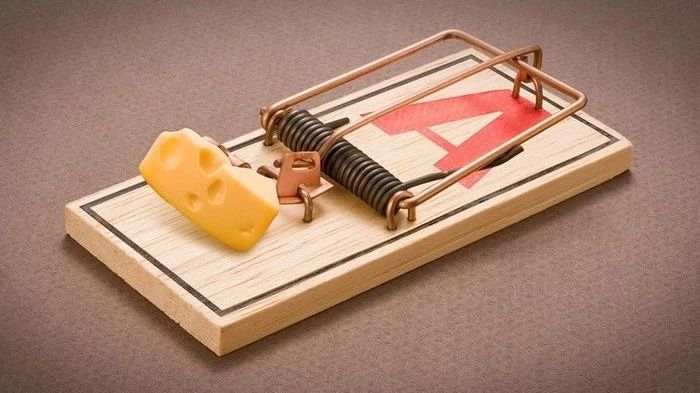
Have you ever seen a trap woven by ants? That's quite. Secret fear
warning, the picture is seriously dense. If you are a secret, please evacuate.
Our wedding dresses under 300 are timeless and stunning, designed to enhance your ultimate femininity. Options in different styles and silhouettes are available right now!
many ants form a symbiotic relationship with plants. Ants drive herbivores for plants, while plants provide shelter and honey for ants. There is little protein in honey, so ants need extra nutrition. Some plants grow nutrients-small particles rich in protein that act as "supplements" for ants, while others strive to be self-reliant and capture animal proteins.
in the northern Amazon, on the Hirtella physophora of Chrysomelaceae, there lives an ant (Allomerus decemarticulatus) that is good at making traps. They pluck the hard hairs from the branches, weave them together, and mix the gum regurgitated to make the roof. Ants also cultivate fungi (Trimmatostroma.spp) on it, which act as a reinforcement like cement.
the fungus corridor made by ants, pay attention to the hairy part protruding from the petiole, this is a hollow bag, it is a natural ant nest
Photo Source: researchgate
ants build a roof, which is not uncommon. It is generally built on the "road" between the nest and the foraging place, providing protection like a roofed corridor. But the promenade of A.decemarticulatus has another use. There are many holes in the roof, just big enough for an ant to stick its head out, and the workers hide in the hole with their heads facing out and their mouths wide open. If an insect lands on the roof, the ants immediately grab its feet, tentacles and wings, pull it from all directions, like a car crack, and fix the poor prey. After confirming that the insects could not move, swarms of ants came out of the hole, stung their prey to death, moved to the vicinity of the nest and dismembered.
for insects trapped in traps, ants crawl out of long corridors to pull them
Photo Source: florida-environmental
with this method, ants can kill grasshoppers, crickets and caterpillars. Although they are only 2 mm long, they can catch prey 3 cm long and weigh a thousand times as much as they do. The wasp, known as Angiopolybia pallens, will come to steal the prey of the ant, bite off the grasshopper's stomach and drag it away, but when it is unlucky, it will also become a delicious meal for the ant. Plants also benefit from ant hunting, and the hyphae of these fungi go deep into the plant's stem to provide it with some nitrogen, and as the ants catch more prey, the plants become stronger.
Wasps steal food from ant traps
Photo Source: especes.org
ant Azteca andreae of Costa Rica lives on a plant of the family Umbelliferae (Cecropia obtusa). They build large round nests on leaf peduncles or crown roots. By the way, its relative Azteca brevis, like Allomerus decemarticulatus, uses fungi to make traps on trees.
the hunting strategy of these ants is very simple, but surprisingly effective. Many workers lie on the edge of the back of the leaves with their mouths wide open. Once flying insects, such as moths, grasshoppers, and wasps, touch the leaves, the ants are alarmed by a slight vibration and immediately bite the end of their prey and pull them to death. Then more ants came and stretched the limbs and wings of the prey so that it could not move.
ants wait for their prey at the edge of the leaves, and the caught moths cannot move
Photo: wired.com, photographer: Alain Dejean
sometimes ants carry their prey back to the nest, then dismember them, and sometimes they tear their prey to pieces on the spot. A hunt takes 4-10 minutes, and they can catch more than a dozen insects a day.
the ant's claws are hooked and the leaves have fine hairs on the back, forming a structure similar to "Velcro" (nylon clasp).
microscopic pictures of leaf surfaces and ant claws
Photo Source: blogs.discovermagazine.com, photographer: Alain Dejean
French entomologist Alain Dejean tied a heavy object with a thread to lure ants to bite and test its fixation ability. An ant can hold 8 grams of weight on the back of the leaves of an umbrella tree, which is more than 6000 times its body weight. The biggest prey Deron saw was a grasshopper weighing 18.61g, which was 13000 times the weight of an ant! This is the largest disparity between hunters and prey of all animals, and the largest blue whale is only 4000 times the body weight of humans.
Ant grasps leaves strong enough to hold coins
Photo Source: blogs.discovermagazine.com, photographer: Alain Dejean
this article is reproduced from the Squirrel Nest of Sex Shrimp. Scanning the code to follow the author can see more cold knowledge of species ↓